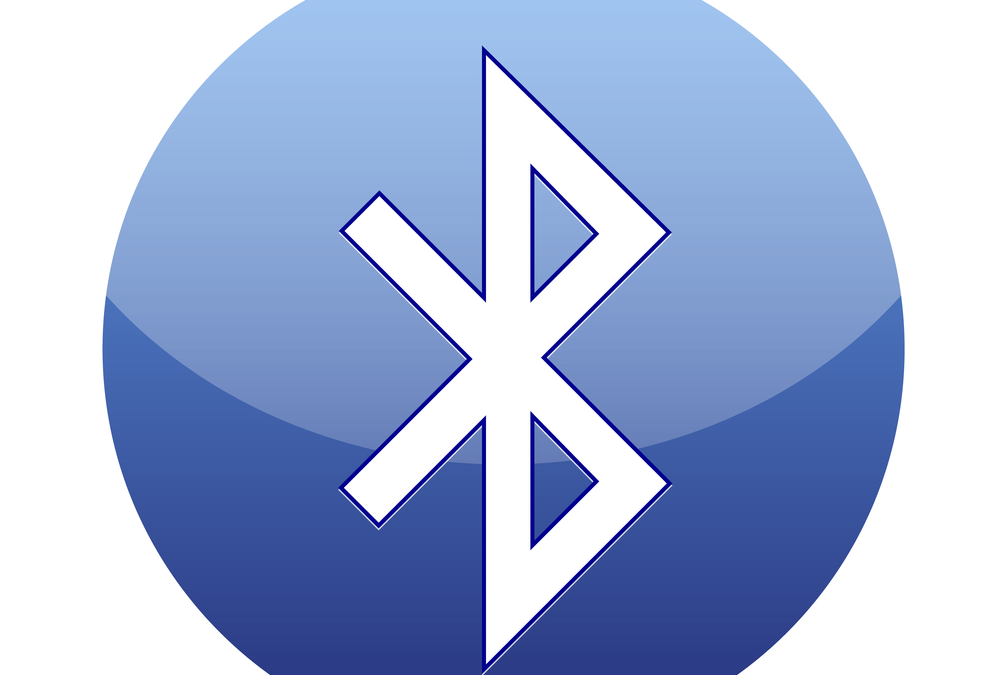From the latest BOSE headphones to that complicated on board navigation system in your new SUV, every electronic appliance and device is now boasting that it's Bluetooth-capable. But what does this mean? How does Bluetooth work? And are all these weird new devices flooding your home with dangerous levels of radioactivity which might be putting you and your loved ones at risk for cancer? After all, numerous studies have claimed to find growths near the ears of frequent cell-phone users, and Bluetooth is now in virtually every smart phone. Fear not. We'll let you know what's buzzing on the Bluetooth frequency.
What Is Bluetooth?
Bluetooth is a fundamental aspect of modern hardware that is often overlooked precisely because of its intentionally seamless nature. In other words, by design, it's intended to not be noticed. Because of this, many of us who use computers but aren't computer builders or programmers tend to overlook its importance.
The Beginning of Bluetooth
Remember the days when everybody wasn't glued to his or her phone? Neither do I. But if you try really hard, you can recall an era when people used to talk predominantly face-to-face. Before the app, this face-to-face communication is what "Face Time" meant.
Imagine the world's surprise, then, when people started walking around talking to themselves loudly, as if they were talking to an invisible person. At first, we thought they were out of their minds. Until we observed that these seemingly schizophrenic loud-talkers possessed an equally bizarre earring of sorts which covered the entirety of their ear. Perhaps it was a hearing aid, except we knew they weren't hard of hearing. The device was usually blue, and took the shape of a big, plastic tooth covering a large portion of their ears.
If you haven't guessed already, these were the original "Bluetooth" devices. They had one purpose, a purpose many of us scratched our heads over. We wondered, who on earth was talking on the phone so much that it wasn't enough to merely have a wireless phone? These loquacious verbal diarrhetics had such an advanced case of verbal diarrhea that they didn't merely require an all-you-can-talk plan and a queer little wireless phone that functioned anywhere they desired to roam.
No, the modern marvel of the cellular phone wasn't enough for them. Atop the modern marvel of the cell phone, they needed an additional wireless device because evidently, it took too much effort for them to lift these sophisticated, CIA-level technology cell phones to their ears. And thus was born the solution to this distinctly first-world problem of that dastardly inconvenience of lifting the magical wireless phone that worked anywhere to one's ear. Because, after all, it takes real effort to take the phone out of your pocket and place it on your ear to chat via phone. Thus, these crazy people who looked like they were talking to themselves, with these big blue toothy-things hanging from their ear, like some kind of emo fashion statement.
Well, the crazy-looking, semi-schizophrenic blabbers seemed to fade into the woodwork over time as they began to realize how silly they looked, but the technology developed to save you from the inconvenience of reaching into your pocket - has since thrived as one of the most penetrative disruptive forces in the world of computer hardware.
Evolution of Bluetooth
Since the first Bluetooth hands-free headset made its debut to the public in 1999, it has become much more than simply a walkie-talkie between your cell phone and your ear. Because the data is encrypted digitally, much more than sound can be sent over a Bluetooth-capable device. In fact, the public would soon learn that that was really the plan all along, and that the initial headset device application was merely Bluetooth's debut as a device-to-device communication protocol which could, in fact, be used for many different things.
What Makes Bluetooth So Useful?
Again, many of us know it as a means of talking on your cell phone by means of a wireless earpiece, or perhaps we know it as the way we can listen to things over our fancy wireless headset. But remember, the uses of Bluetooth are broader than that, precisely because it's really a protocol that allows two computers can talk to each other. That said, it is different from, say, a wireless modem which usually talks to your computer through Wi-Fi technology.
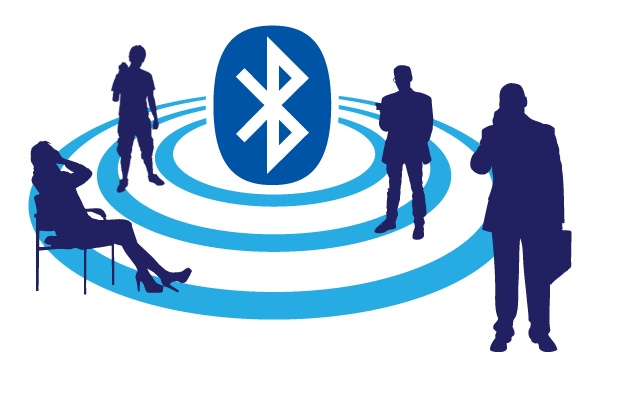
The point is, device one says to device two, "Anything you have to say to me you can say to me through Bluetooth." Assuming they're less than 30 feet apart, Bluetooth is a still-evolving way for two or more devices to talk to each other about anything they darn well please.
What does that mean for you? Well, remember that old desktop computer where you had to plug a million wires into the back of the machine - the printer port, the mouse port, the keyboard port, etc? Well, no more. With Bluetooth-enabled devices, your printer, your keyboard, all of it requires zero wires. If they're Bluetooth-capable, they may require batteries, but no wires, so there's zero clutter, and it just looks pretty darn cool. It saves you the hassle of connecting your smart phone to the computer - your computer just magically sends your new songs to your smart phone through thin air, with the power of Bluetooth.
The best part of Bluetooth? You don't even have to lift your smart phone to your ear anymore. Because after all, it's heavy, right?
Bottom line, Bluetooth is a protocol and a technology that allows two or more digital devices, i.e. your phone and your computer, to "talk" without the old system of having to use a USB wire or other traditional peripheral wire to connect the two. Remember those big, fat LPT wires for the printer? Yeah, we don't want to think about them either. They were gigantic, nasty snakes, and they were expensive, and took up half of the space behind your desk. So there's something to be said for wireless as a clutter solution. But what is wireless doing to our precious air? Keep reading, and we'll reveal more about the Bluetooth frequency.
5 Things to Know about Bluetooth Frequency
Without further ado, we're going to share with you ten basic facts about the Bluetooth Frequency that will leave you with a better sense of how Bluetooth works. Remember, Bluetooth is a protocol and a technology that allows multiple devices to talk to each other.
Fact #1: Bluetooth Uses a Frequency Range Used for Many Other Things
Bluetooth does not have its frequency range all to itself. Bluetooth operates in the frequency range between 2402 and 2480 MHz. It's able to do this because this range of thefrequency spectrum is designated by America's Federal Communications Commission as the Industrial, Scientific, and Medical band.
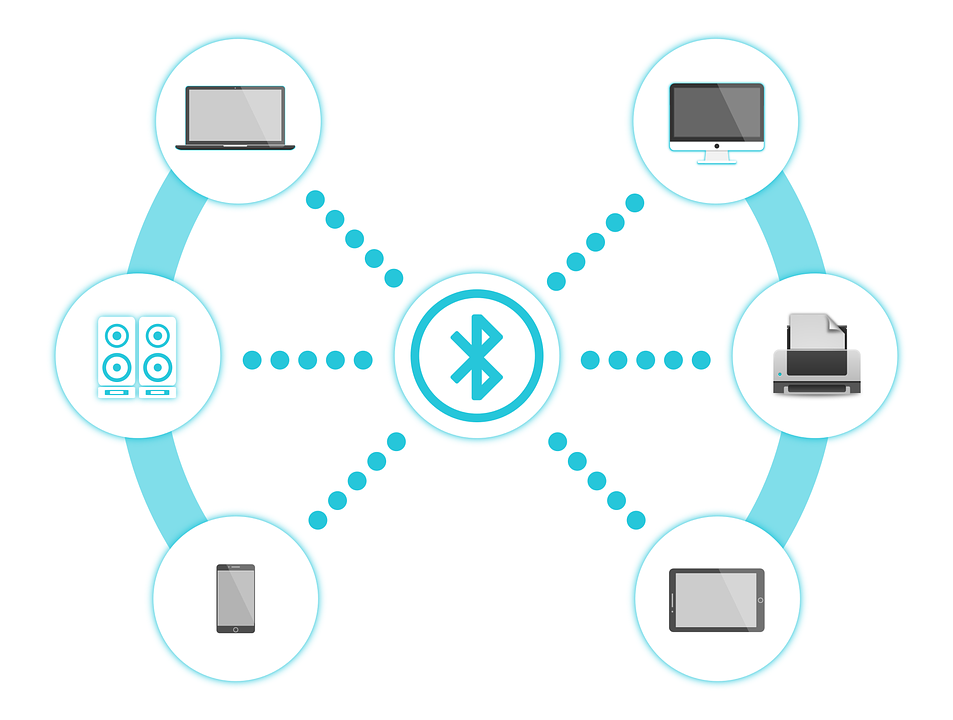
Basically, it's space in the frequency spectrum that's set apart from, say, FM Radio and other frequencies. And it's set apart for exclusively short-range device communication. That makes it perfect for Bluetooth, which connects devices an absolute maximum of about 30 feet apart from one another.
Fact #2: Bluetooth and Wi-Fi Use the Same Frequency Range
Bluetooth shares its frequency range with Wi-Fi. Most of us know what Wi-Fi is, because most of us use Wi-Fi to connect to the internet and check our mail. For instance, we often turn Wi-Fi on when we're within range of a Wi-Fi hotspot because we don't want to use our costly cellular data connection to connect to the internet. But what differentiates Bluetooth from Wi-Fi, if both use the same frequency range?
Fact #3: Bluetooth and Wi-Fi Have Very Different Purposes
Yes, Bluetooth and Wi-Fi are, in the loosest sense, technologies and protocols for devices or groups of devices to communicate with one another, and they both utilize the same range of the frequency spectrum. Beyond that, they have very different purposes and uses. The divergence in purpose and use begins with the fact that Wi-Fi is mainly used as a means of connecting networks of computers, generally for the purpose of wireless internet access. In contrast, Bluetooth Technology is used to connect computers and devices, or devices with other devices.
Fact #4: Bluetooth and Wi-Fi Have Different Ranges
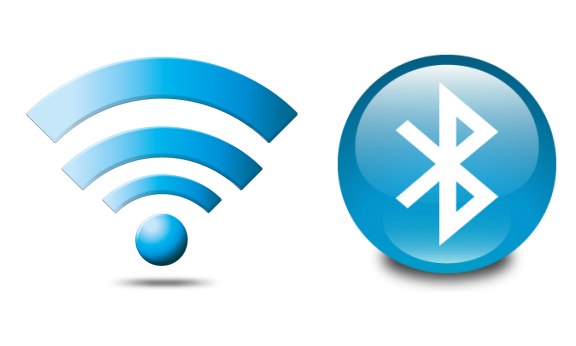
Furthermore, because Bluetooth operates at a much lower power than Wi-Fi, Bluetooth is used to connect devices that are within about a 30-foot range of each other. As you know, many Wi-Fi signals extend far beyond this range, and can typically consist of Wi-Fi routers that make wireless access available on a single login throughout an entire college campus or building. This would be much more difficult to accomplish with Bluetooth's much weaker signal intended to communicate over shorter distances than Wi-Fi.
Fact #5: Bluetooth Utilizes Frequency Hopping Technology
We've talked about the Bluetooth Frequency Range, but we have not yet covered the fascinating manner Bluetooth Technology utilizes the breadth of that range. When two Bluetooth devices initially connect with each other, they choose one of 79 available channels within the available ISM range to use. If the frequency is already in use, the Bluetooth device simply switches to another channel, and another, until it finds an available channel. But once the Bluetooth devices have connected, they do not stop sifting through frequencies.
During the course of the connection, the Bluetooth devices continue to switch from one frequency to the next. In this way, the devices avert both interference and unwanted signal-hacking. This practice is known as spread-spectrum frequency hopping.
Conclusion
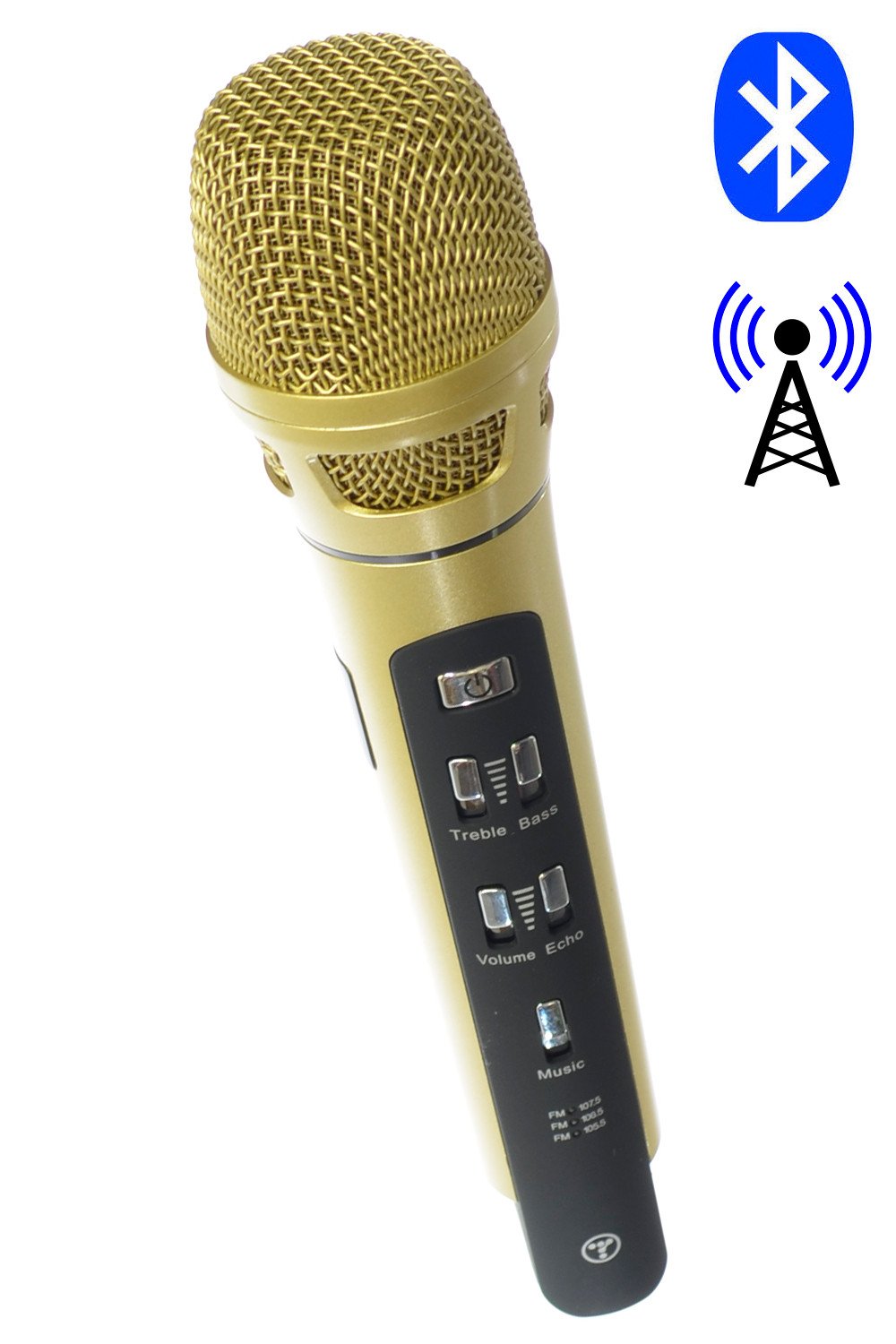
Now you know a little more about how Bluetooth first penetrated the market, and how it's different from the other major wireless computer technology we all use, Wi-Fi. Bluetooth is still being perfected, but it's proven very useful as a means of connecting devices without the traditional mess of wires.

